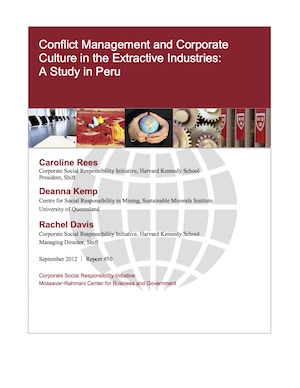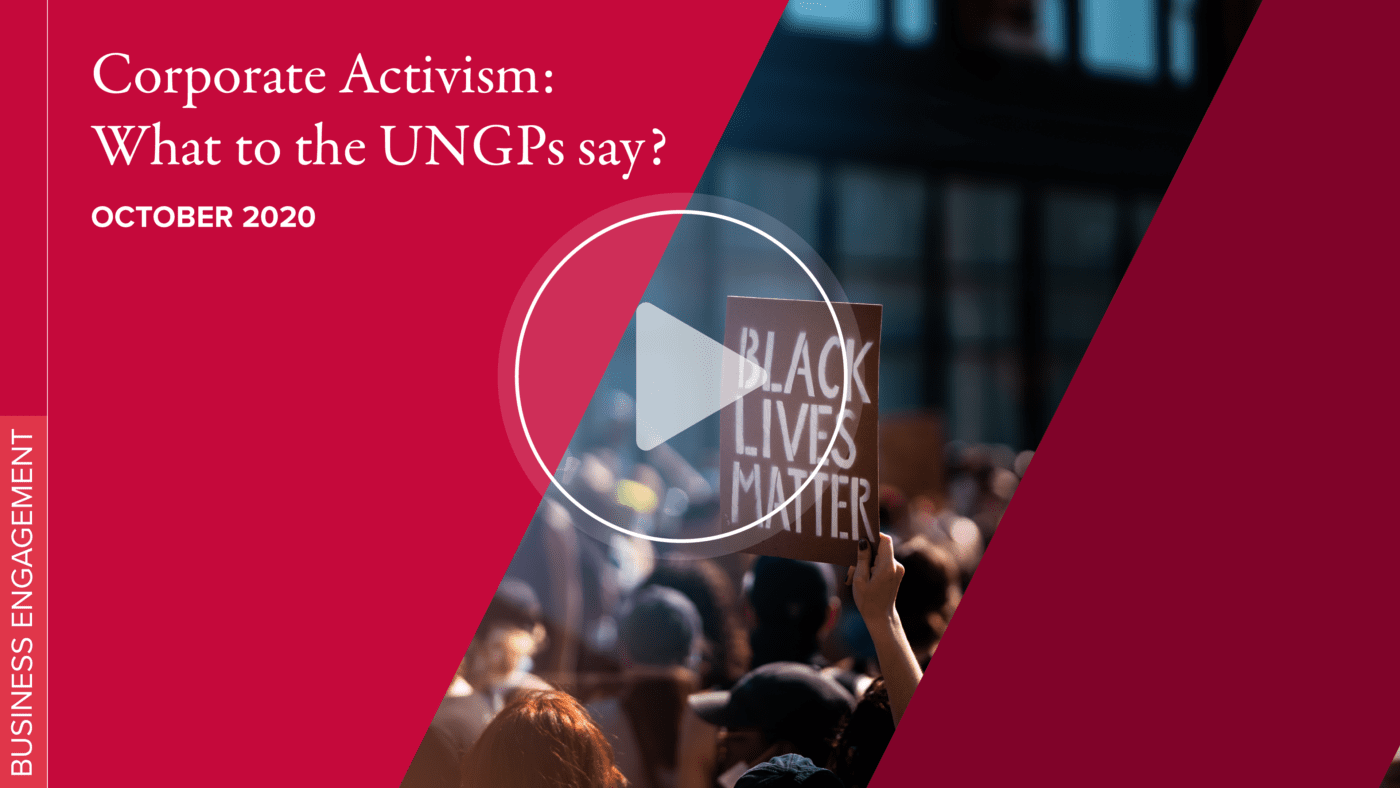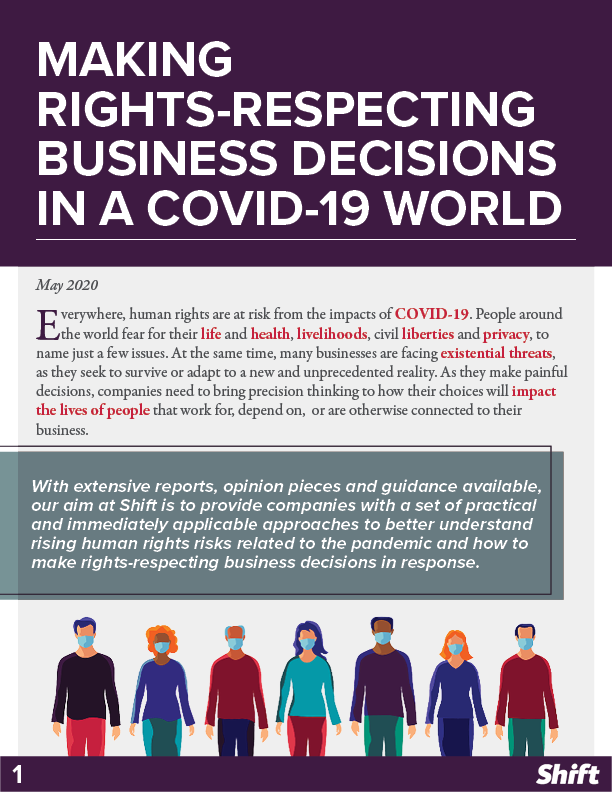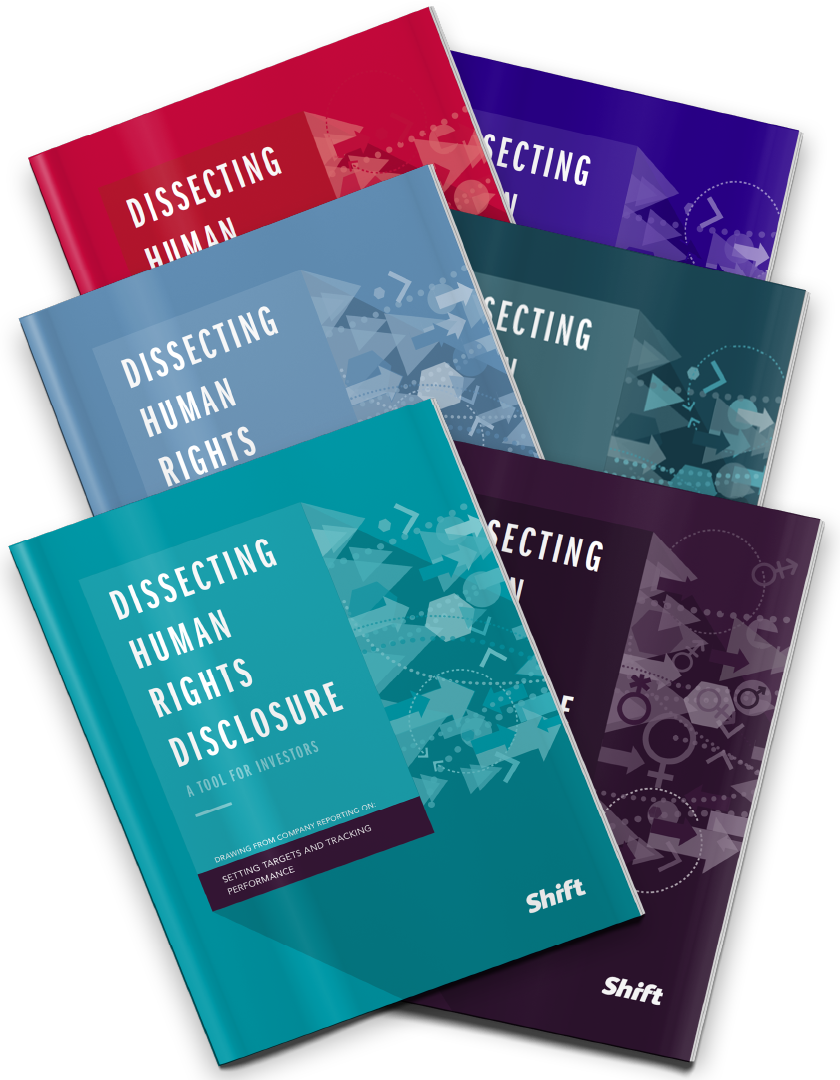This summary is excerpted from the resource.
Summary
This report aims to build knowledge about how corporate cultures in mining companies influence how well those companies manage conflict with local communities. It is the product of a joint research project undertaken by the Corporate Responsibility Initiative at Harvard Kennedy School and the Centre for Social Responsibility in Mining at the Sustainable Minerals Institute of The University of Queensland in Australia. The research project recognized that factors external to mining companies can have a significant influence on the success of conflict management efforts; however, it started from a working assumption that the culture within a company also plays a substantial role. The project sought to test this assumption by identifying some general lessons that might be of use to mining and other extractive companies.
The research was conducted in two phases. Phase One engaged with experts in the extractive industries at the global level to identify aspects of corporate culture that appear critical to the effective management of conflict with communities. This report focuses on the results of Phase Two of the research, which took those global-level findings and tested them within the more focused context of the mining industry in Peru. Peru was selected since it is both a major center of mining and a country in which the lack of socio-economic advancement for mine-affected communities has led to protest, destruction of property and suspended mine development. The project involved a combination of desk-based research and interviews involving five participating mine sites: Antamina, La Granja, Pierina, Tintaya and Yanacocha/Conga. Interviewees included individuals from senior management, technical departments (exploration/construction/operations), procurement, government relations/ communications, legal, human resources, security, social/community relations and social development.
From the interviews, a number of factors emerged that appeared to be leading determinants of the participating sites’ ability to manage conflict with communities effectively. These factors, or themes, generally corroborated findings from Phase One of the research. These included:
- Company attitudes to community relationships and conflict management
- Modes of engagement with communities
- The internal influence of Community Relations staff
- Corporate structures and hierarchy
- Staff attitudes: hiring and training
- The role of formal processes
- Assessing social performance
- The role of the Legal function
There was a strong recognition across all five sites of the importance of good community relationships and the effective management of conflict for success in mining in Peru. In some instances, this view had been informed by experiences of major conflict at the sites in question; in others, by the broader reality of frequent social conflict related to mining in Peru. This recognition was apparent across different functions and departments, and up to the most senior levels. However, there were real differences in how this recognition affected company practices.
Most sites had elevated the leadership level of the Community Relations function or were about to do so; evidence from the research underlined that this elevation in formal status is but one step. The fundamental shift in approaches — and progress in managing conflict — only really occurred when both senior management and technical staff were prepared to act on advice coming from Community Relations. This required an ability on the part of the Community Relations team to ‘translate’ the rationale for addressing community needs into terms that made sense to senior management and technical staff. It also required the Community Relations staff to build trust in their skills and judgment within the company, much as they had to do with communities. As such, it showed the task of stakeholder engagement to be as much inward-facing as outward-facing.
The various sites included in this report used a broad range of approaches to building relationships and trust with communities through engagement. Some approaches were focused on ‘educating’ communities on technical ‘facts,’ while others were built around two-way dialogue or shared, participatory processes. Based on interviewees’ own perceptions of what was proving successful, the optimal approaches appeared to be those that were least ‘owned’ by the company alone, and least ‘transactional’ in their objectives (that is, not timed around or predicated primarily on a desire by the company to extract an agreement from a community).
While the model of “dialogue tables” was challenged by some interviewees, it became apparent that they used the term to denote bilateral engagements established by the company to negotiate a solution to a problem with a community. In contrast, interviewees who reported success with dialogue tables viewed them as platforms co-owned with communities and other stakeholders, and facilitated (at least at key points) by a neutral third party trusted by all involved. See our related video looking at a specific community in Peru impacted by activities at a copper mine, and how they used dialogue tables to resolve conflict.
The research also highlighted the need for any mining company to have not only the right people and management processes in place, but to understand how the two interact. Without good processes to retain institutional knowledge, keep track of commitments to communities, and regularize successful methods for engagement, the success of a company in managing community relationships could become dependent on individual staff and change rapidly if those staff left. That said, the possibility for bureaucratic processes to exacerbate tensions and conflict with communities was also apparent. In a context where the time in which communities want responses on significant issues is frequently shorter than the time desired by any large company to consider the issues properly, the interviews highlighted a need for innovative procedural approaches that can narrow or offset that disconnect.
The interviews confirmed wider research evidence that companies in the industry do not generally measure and aggregate the actual costs they incur as a result of conflict with communities. While some ‘headline’ costs may be apparent, they are also often viewed as unlikely to occur. Meanwhile, more routine costs are overlooked, including management time, poor staff morale and retention, or harm to the company’s reputation that seeds future crises or affects the chances of gaining future contracts, permits and partnerships. This underappreciation of costs was seen to raise the risk of undervaluing the role, skills and contribution of Community Relations staff. Subsequent to this report, extensive research was conducted on the cost of conflict with communities in the extractives sector; see that report and its findings in our library.
There was limited evidence from this research of the extent to which corporate structures and hierarchy might have an effect on efforts to build a corporate culture at site level that enables effective conflict management. However, there appeared to be some degree of trade-off between a mine with a strongly hierarchical structure on the one hand and strong cross-functional collaboration to manage community relationships on the other. To learn more about the importance of cross-functional management, see our resources on embedding as part of implementing the Guiding Principles for companies.
When it came to the role of the Legal function, findings from the first phase of the project – that in-house counsel could be quick to take a defensive or confrontational approach when faced with escalating conflict from communities – were not corroborated by the evidence in Peru. In general, legal personnel themselves took the strong view that almost any outcome was better than a lawsuit, and tended to be actively supportive of strong community relations functions and dialogue-based approaches to dispute resolution.




